Shipbreak
“When the American-flag oil tanker SS Minole breached in the breaking yards of Chittagong, Bangladesh in January of 1998, it signaled both an ending and a beginning. For the American sailors who ran the ship aground, this event meant the close of a long, productive life spent wandering the world’s oceans. For the Bangladeshi shipbreakers who over the course of the next five months dismantled the vessel, more or less by hand, it signified instead a point of commencement, because the ship provided many materials necessary to their country’s struggle to create a modern existence for itself. The death of one man’s livelihood became the birth of another’s.”
This book is a “meditation” in words and images on matters far greater than the scrapping of a ship. It is enriching, articulate, and has a point of view.
If you know anything about ships and shipbuilding, or the working lives of ships and the lives of the people who work them, you will look at this book, especially the last 40-odd pages of text in wonderment: how did a stranger to that world get it so right? It’s not just that Cambon is writing about a profession that is not his—whether it’s the American seamen or the Bangladeshi shipbreakers—but a way of life that is removed from everyday experience: you need to know, be it by virtue of birth or brotherhood, the secret handshake in order for anyone to give you the time of day.
Clearly the man has a gift for peeling away layers, which, for a photographer—and a photographer who’s also a philosopher—is the one quality that sets him above others.
Born in the US but a citizen of the world, it would not have escaped Cambon (b. 1967) that the ship he accompanied on its last voyage was not much older than he and certainly as well traveled. The ship, he points out somewhere, was put to death before it was worn out because this crude oil tanker’s single hull was no longer in compliance with post-Exxon Valdez safety requirements—ironic for the very ship that held the record for the most trips out of Valdez, all without incident.
Cambon calls her “she” and ascribes thoughts and feelings to her. Anthropomorphism is a tricky business but here it serves to flavor the stew a certain, and fitting way. The page on which the book transitions from photo to text shows a single bird’s egg in a nest made from scavenged wire, the wire said to be from the yard, not specifically this ship. It is, thus, a metaphor: the dying ship giving new life.
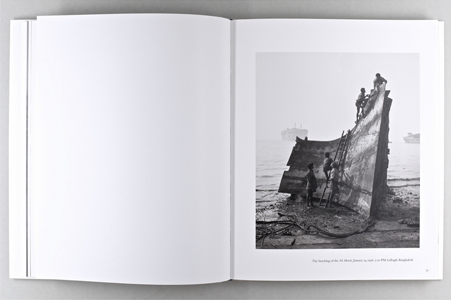 Everything on the ship and of the ship, from the straws in drink boxes to the obvious steel is recycled, repurposed, resold. There is a certain romance in that. What there is no romance in is the messy way in which it all happens, be it the pirates or corrupt officials or the brutality of the working conditions that draw international condemnation, the danger to life and limb from toxins, open flames, sharp metal. And never mind the fundamental disparity of one world disposing of its trash in another. All these things Cambon reflects upon; he is a sentient fellow and a documentarian to the bone, he sees all the pieces on the board—but this book, this way of telling the story is not a cultural critique or a call to any action other than walking a mile in another man’s shoes. Well, flip-flops in the case of the Bangladeshis.
Everything on the ship and of the ship, from the straws in drink boxes to the obvious steel is recycled, repurposed, resold. There is a certain romance in that. What there is no romance in is the messy way in which it all happens, be it the pirates or corrupt officials or the brutality of the working conditions that draw international condemnation, the danger to life and limb from toxins, open flames, sharp metal. And never mind the fundamental disparity of one world disposing of its trash in another. All these things Cambon reflects upon; he is a sentient fellow and a documentarian to the bone, he sees all the pieces on the board—but this book, this way of telling the story is not a cultural critique or a call to any action other than walking a mile in another man’s shoes. Well, flip-flops in the case of the Bangladeshis.
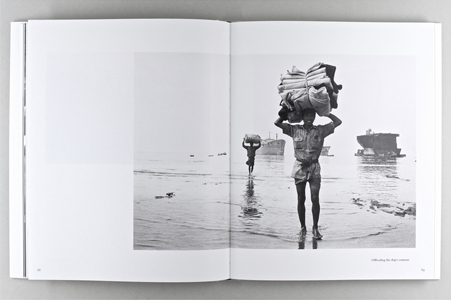 Cambon doesn’t say it but it is useful to know that he is not some lily-breathed academic who flicks the shutter with manicured fingernails and thrives only in rarefied gallery air; he also worked as a hand on cattle ranches, and he’s explored the circle of life in a variety of places and circumstances. He is, one might say, a translator, although there are several instances in this book where he too is unable to comprehend and can only observe, record.
Cambon doesn’t say it but it is useful to know that he is not some lily-breathed academic who flicks the shutter with manicured fingernails and thrives only in rarefied gallery air; he also worked as a hand on cattle ranches, and he’s explored the circle of life in a variety of places and circumstances. He is, one might say, a translator, although there are several instances in this book where he too is unable to comprehend and can only observe, record.
Written in present tense the text—written now 15 years ago— takes the form of almost diary-like rumination, a “thinking out loud” directness, recorded dialogue, observations. There is rich imagery and an imaginative connecting of dots, such as juxtaposing the blessing of the ship with red wine upon her launch to a blessing with the blood of a sacrificial goat upon her death by the fire of the cutting torch.
That text and photos are separated into two sections is probably because each follows its own internal dynamic and sequence. One thing that is not shown is the actual beaching of the ship, which would have been a dramatic sight—and sound. (A tidbit that isn’t in the book: Cambon was ashore but too far away; in the second photo from the top, the Minole is the one top left after having come to rest in shallow water.)
In every regard this is a thoughtful book, which extends to the design (do peek below the dustjacket and be delighted by the little blue anchor embossed on raw linen) from the typography to the different paper stock for photo and text pages to the blue headband.
“I came hoping to document the ships’ final days. I came hoping to document the relationship of a crew to their vessel, but I find instead people who seem quite aloof from her. I came to see people let go of a ship, but found that she had already been abandoned by those to whom she once belonged. To this last crew she is just another old ship, one with a history that they can sense, but which they do not know or perhaps care about. Their attachments are to other ships. This job is just a detail, a pause as their lives go on elsewhere.”
Copyright 2016, Sabu Advani (speedreaders.info)



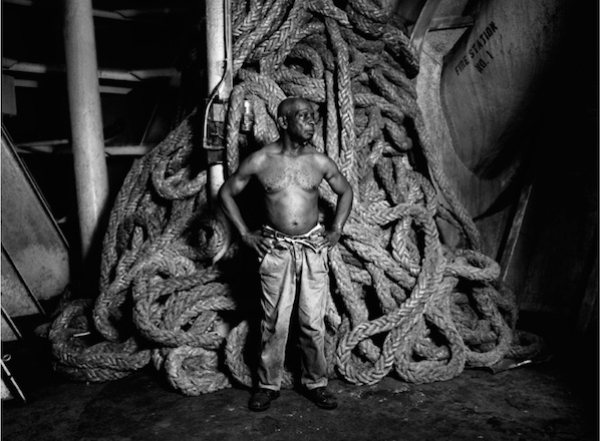
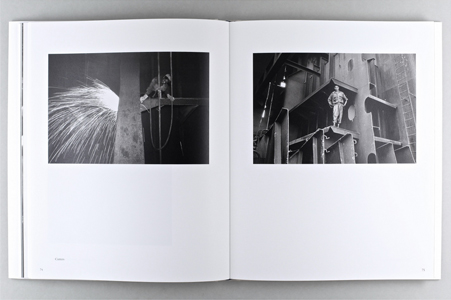
 RSS Feed - Comments
RSS Feed - Comments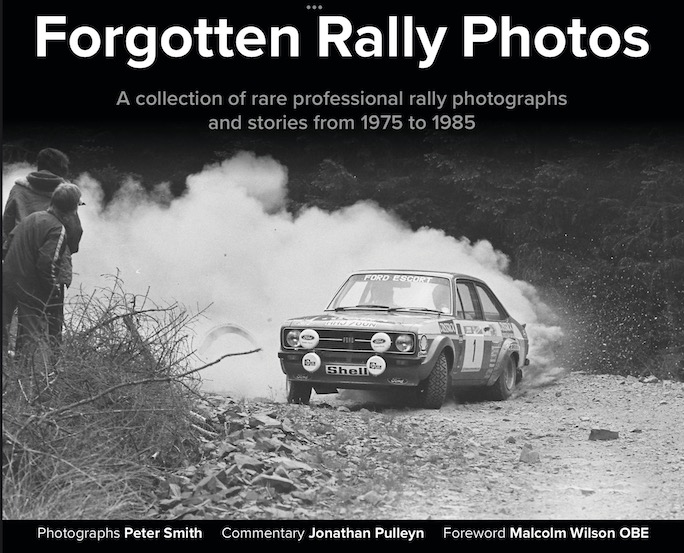
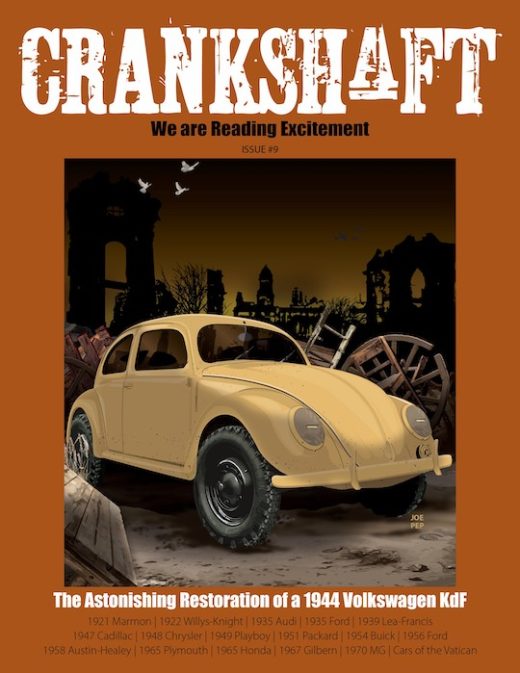
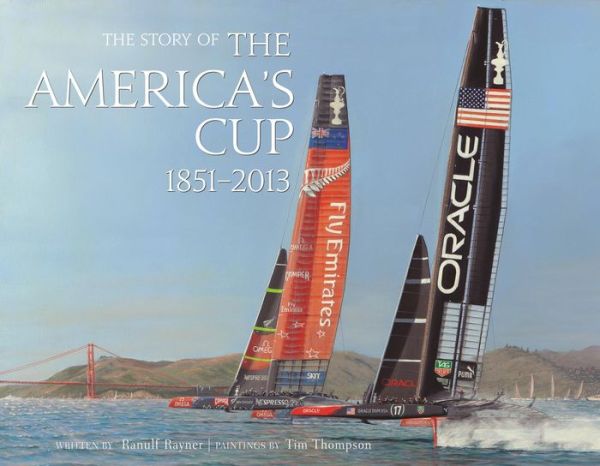
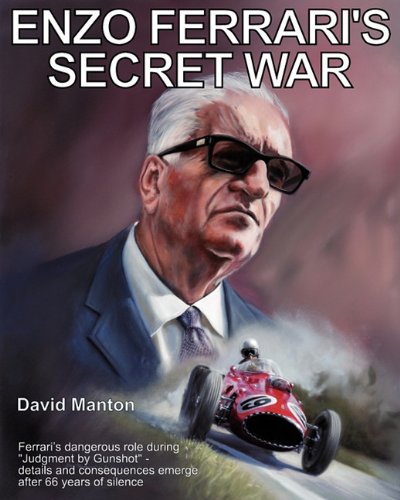
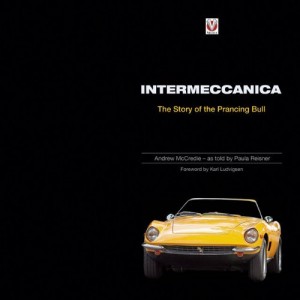
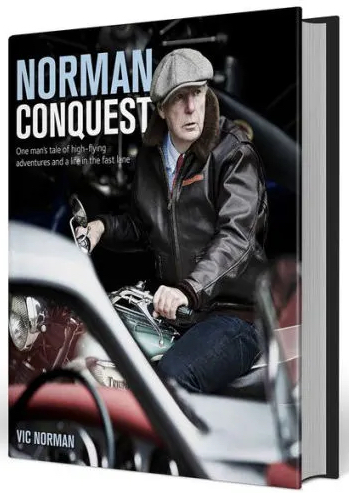
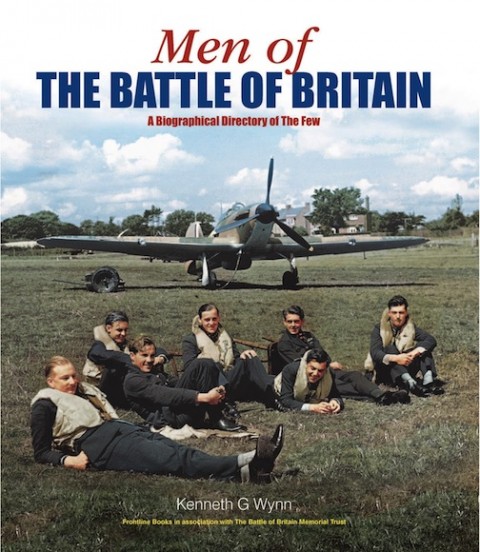
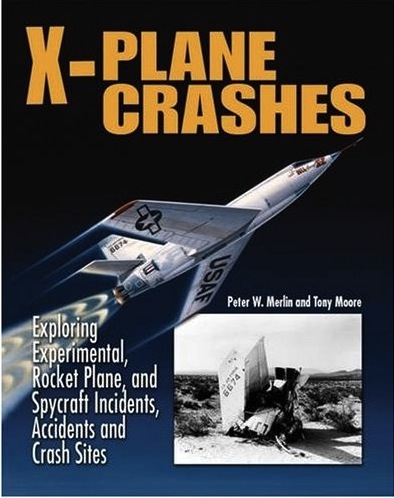

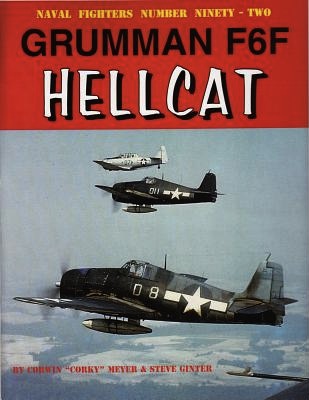
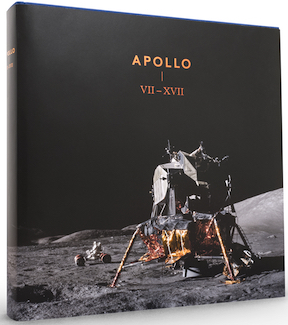
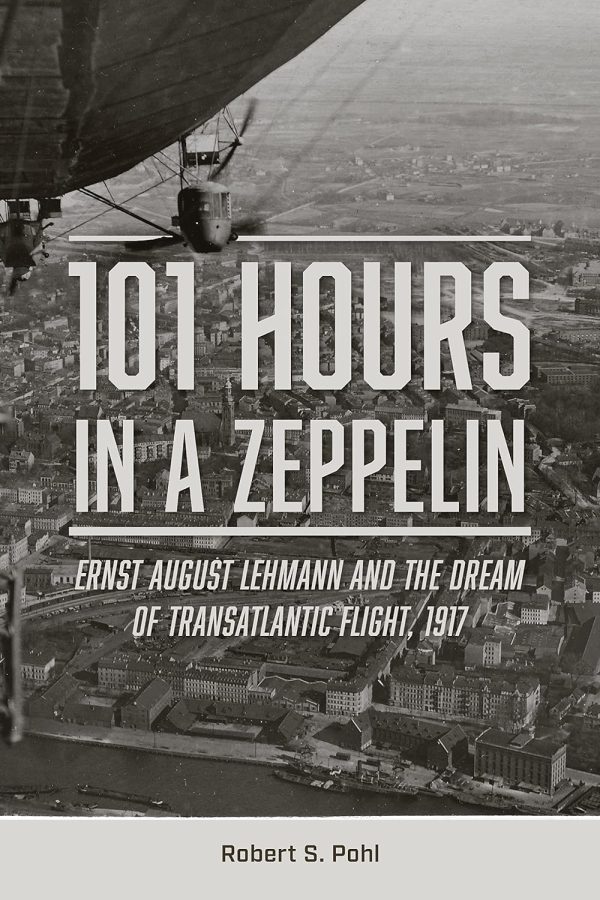

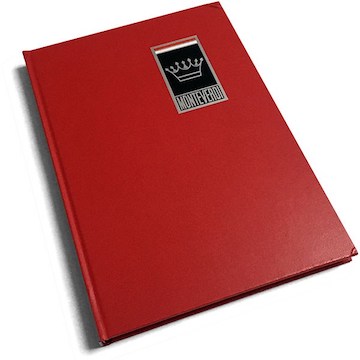
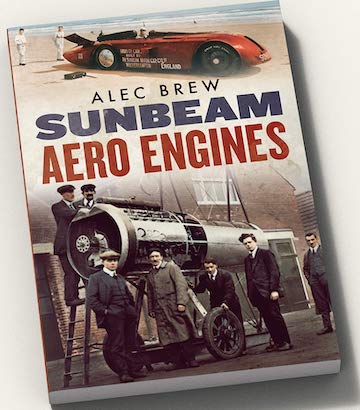
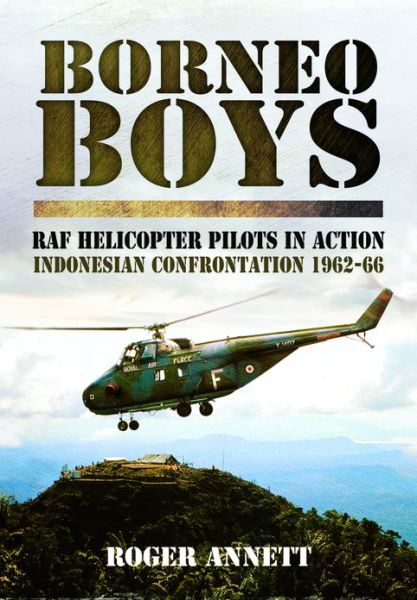
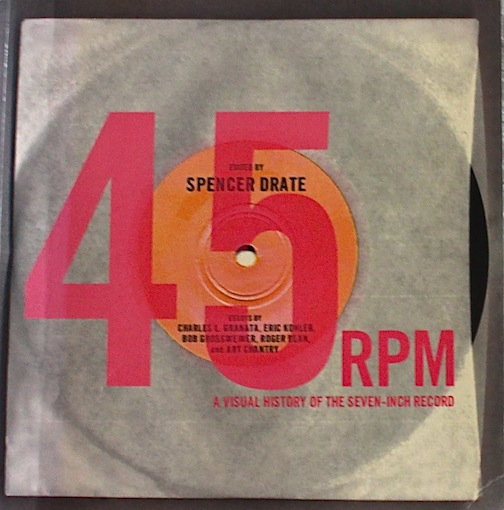

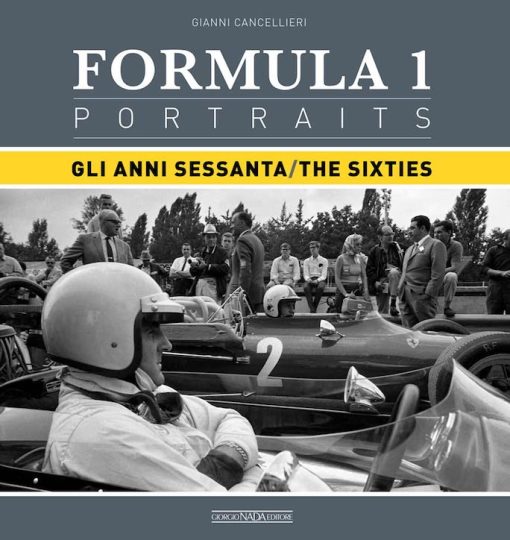
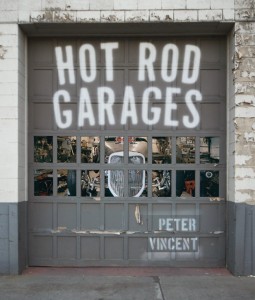
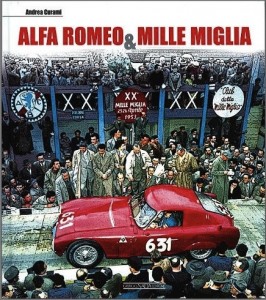
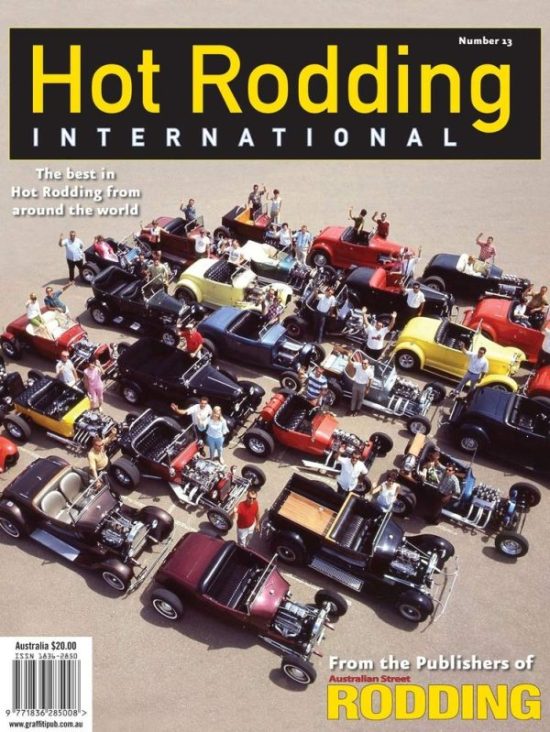
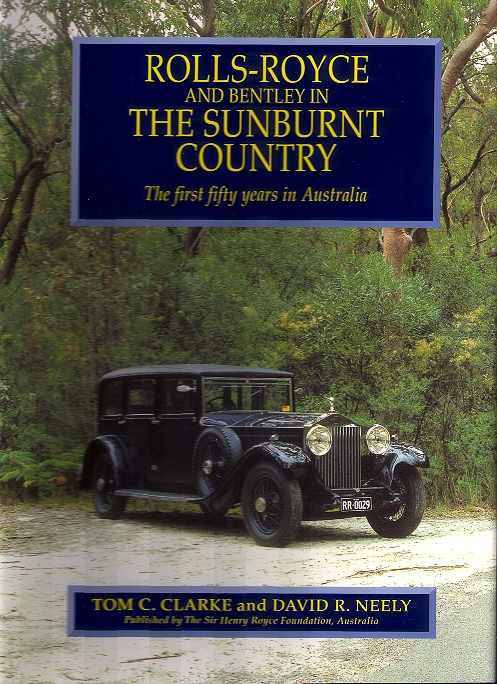


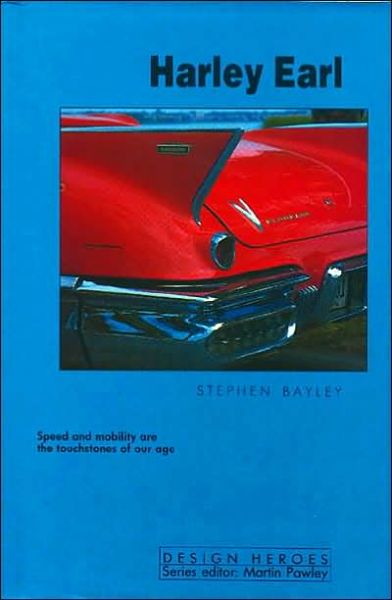
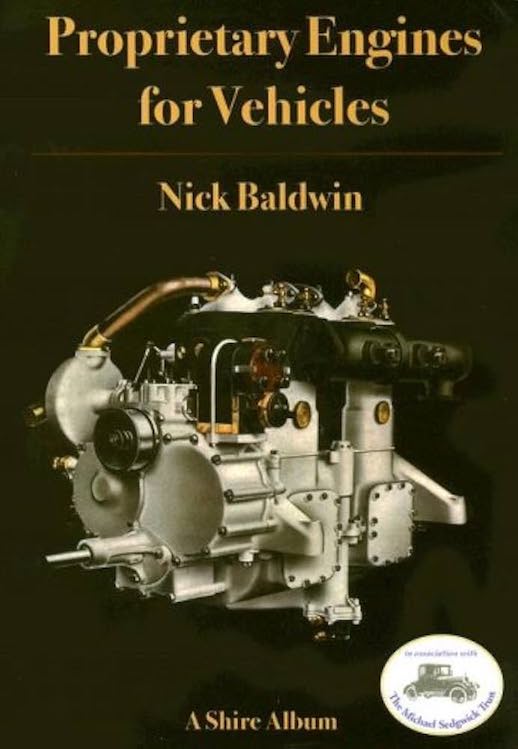

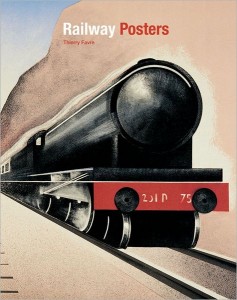
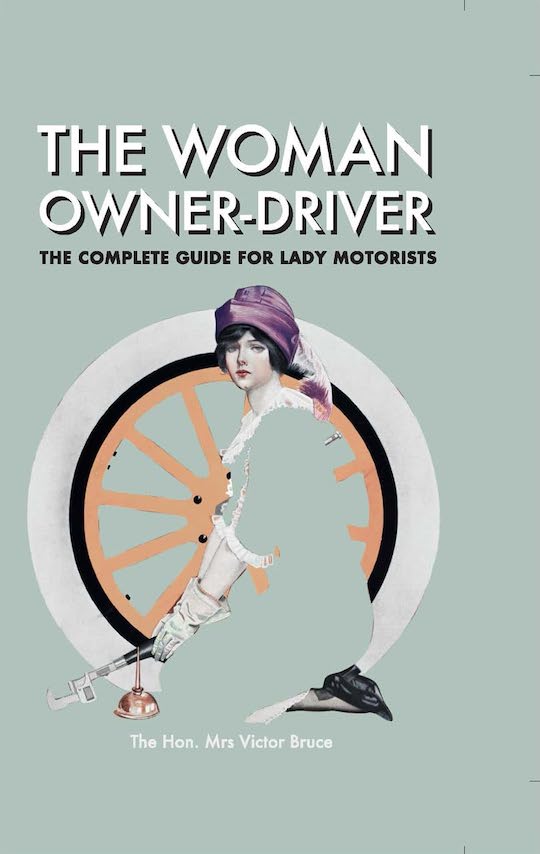



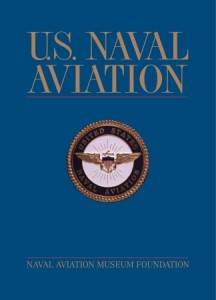

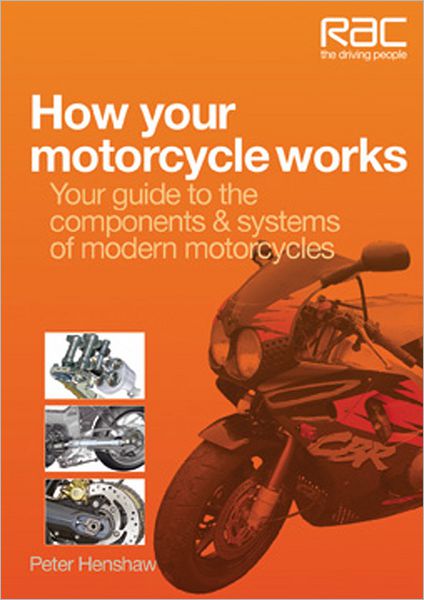
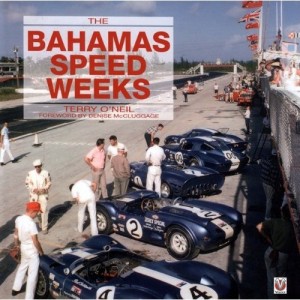
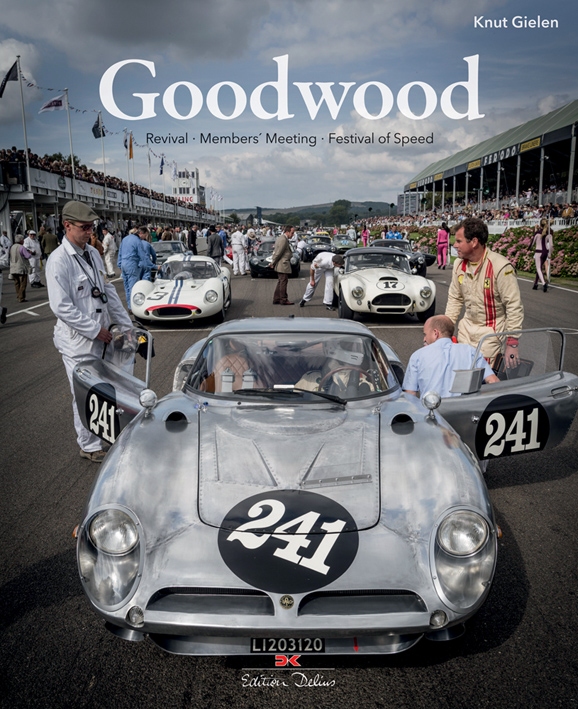

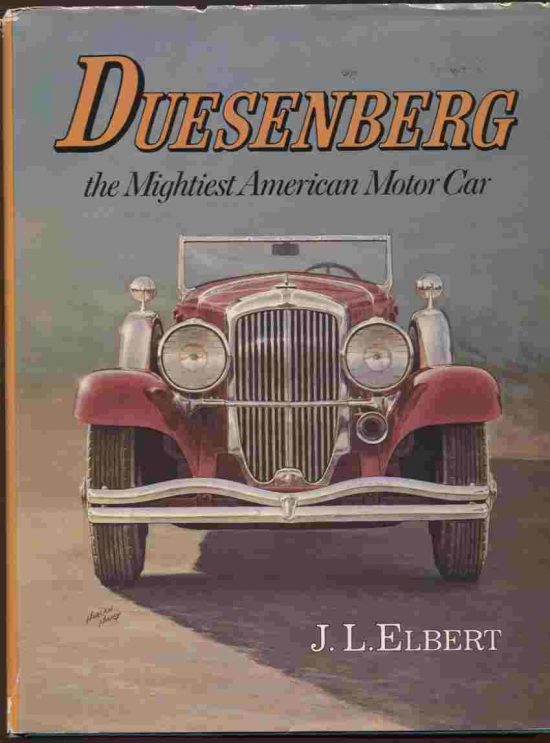
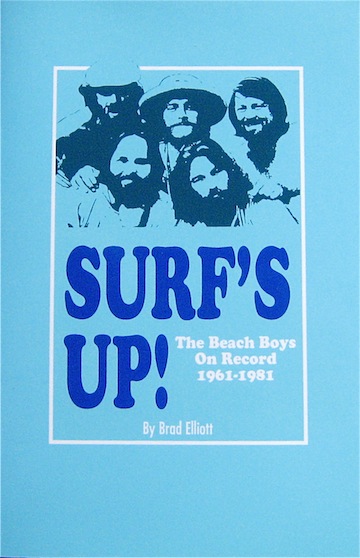


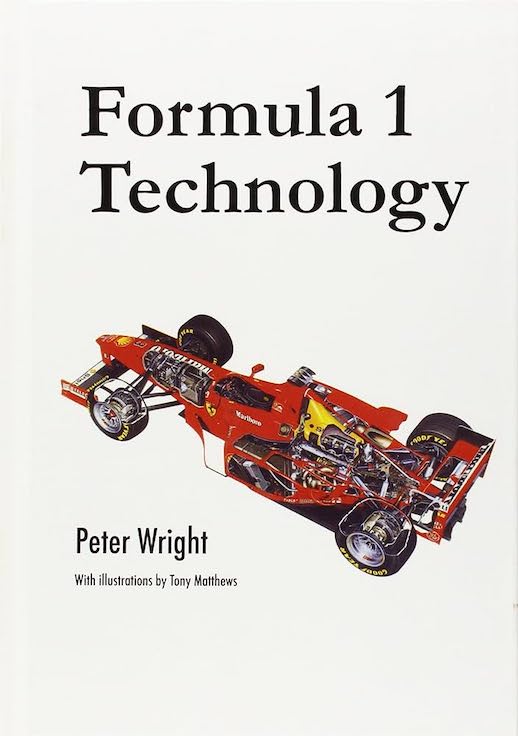
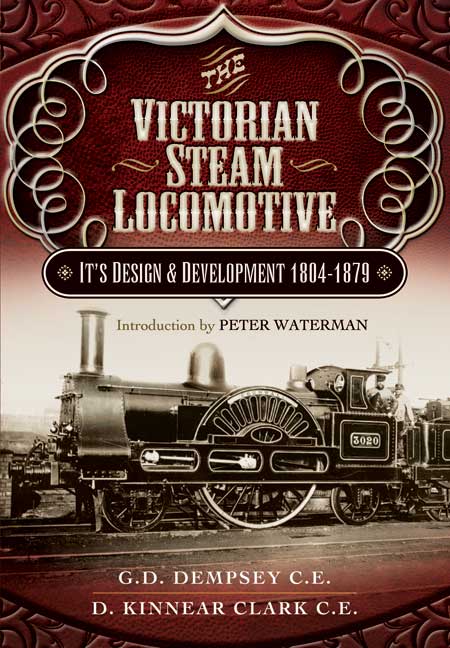

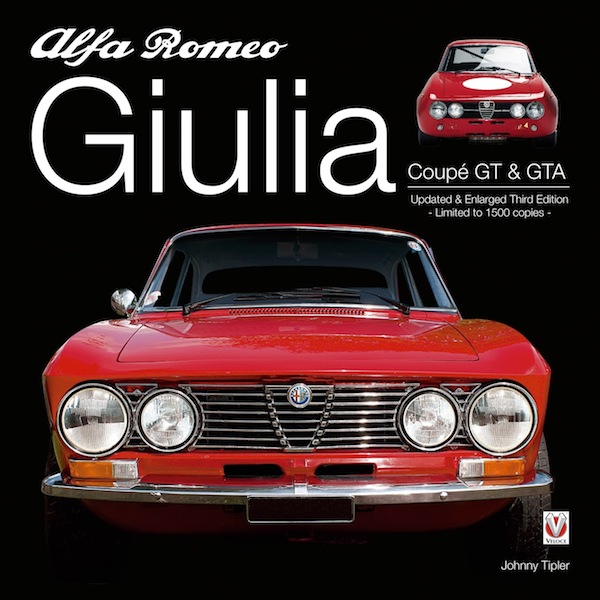
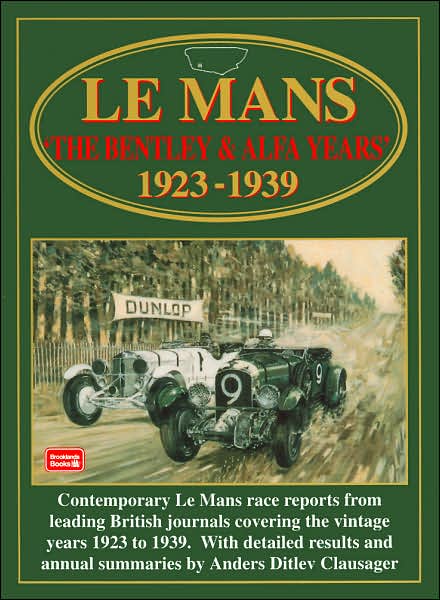
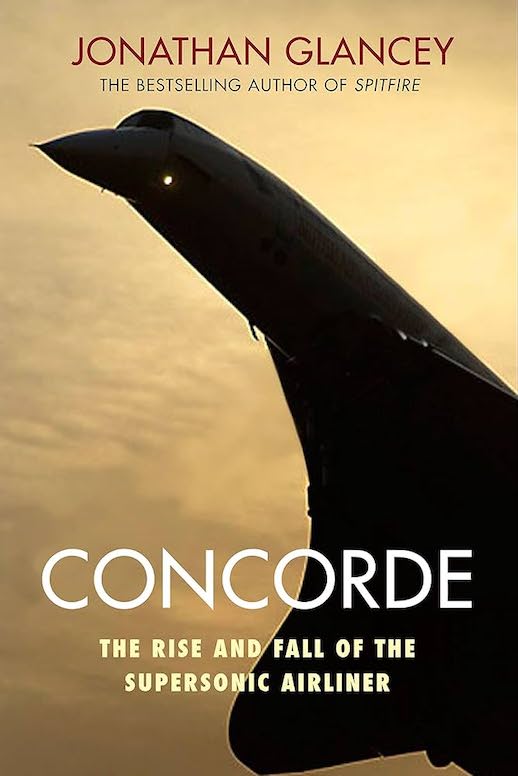
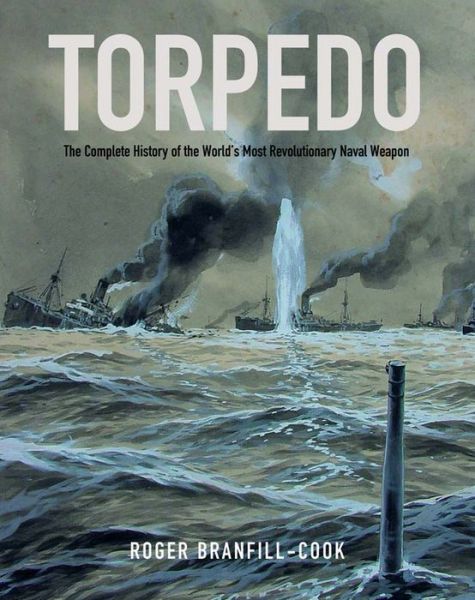

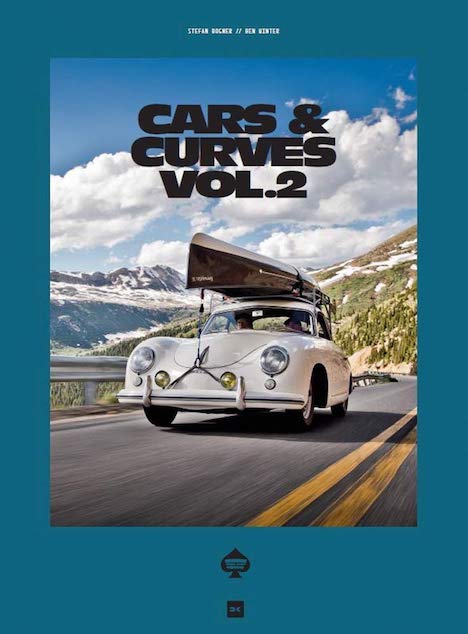
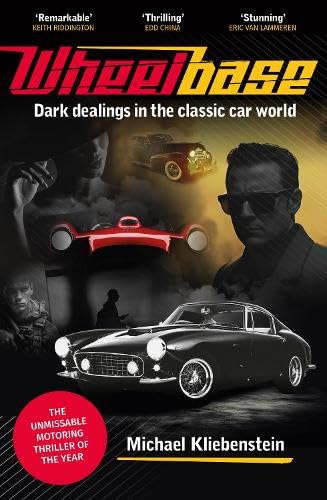
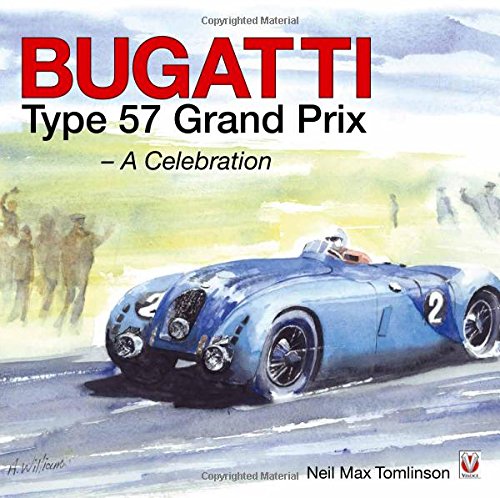
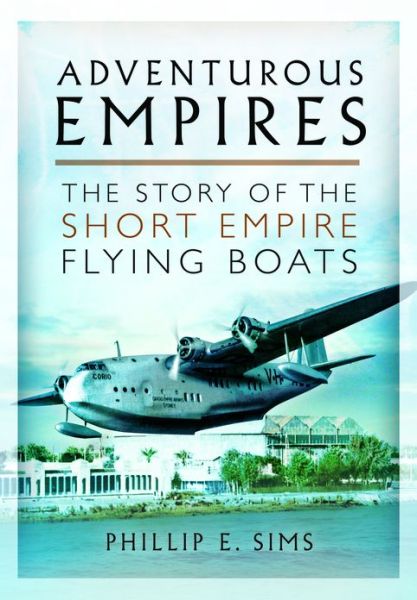

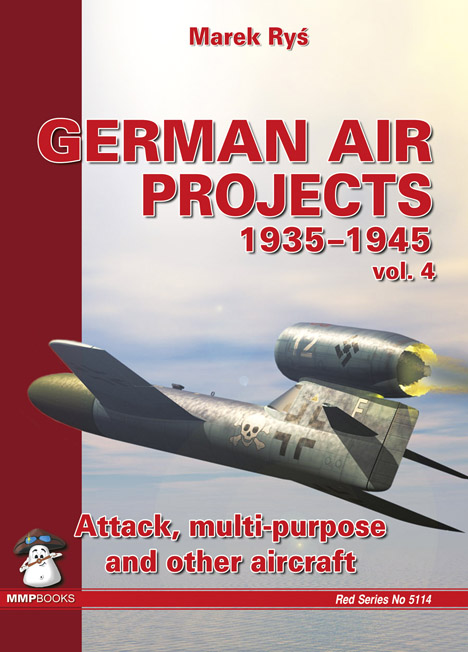

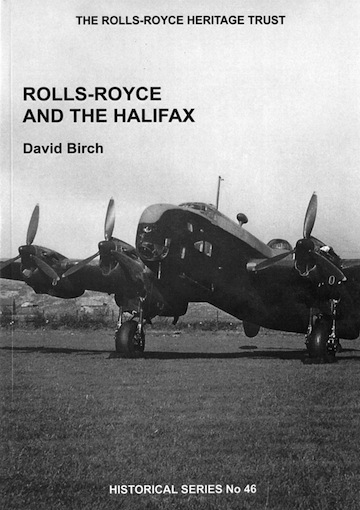

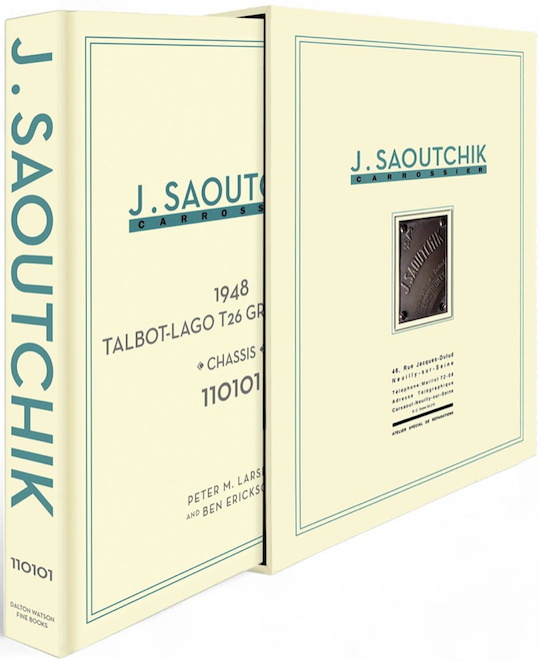

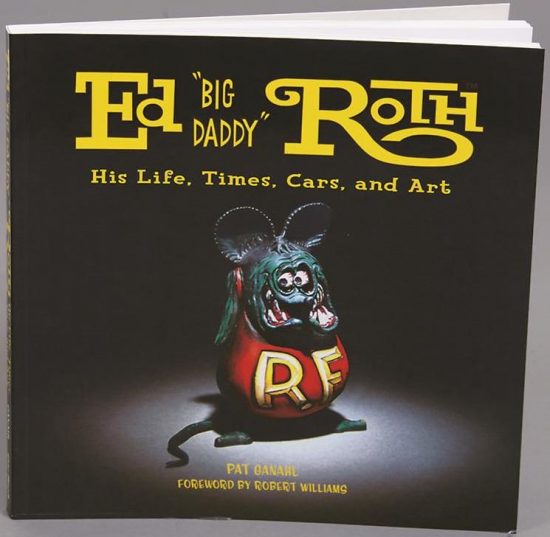
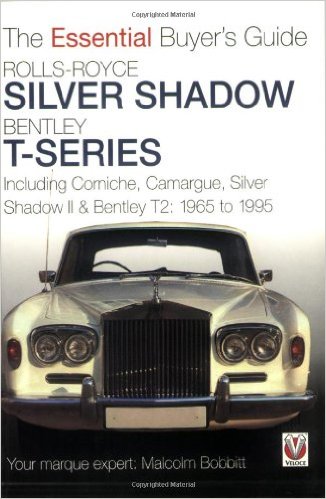
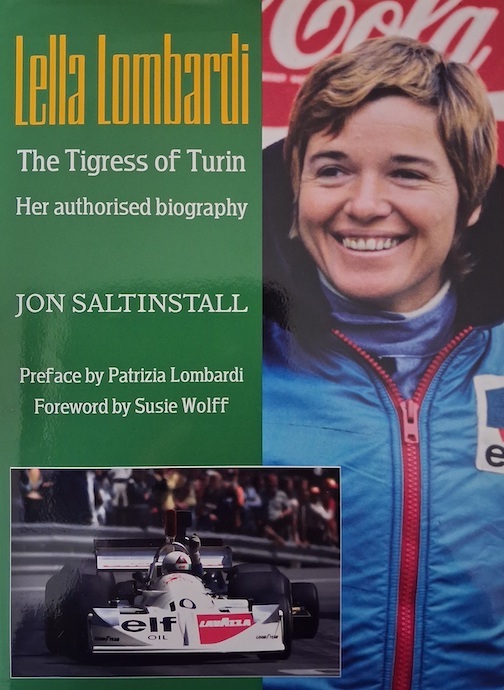

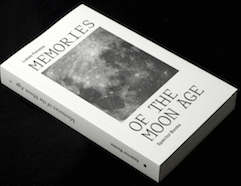
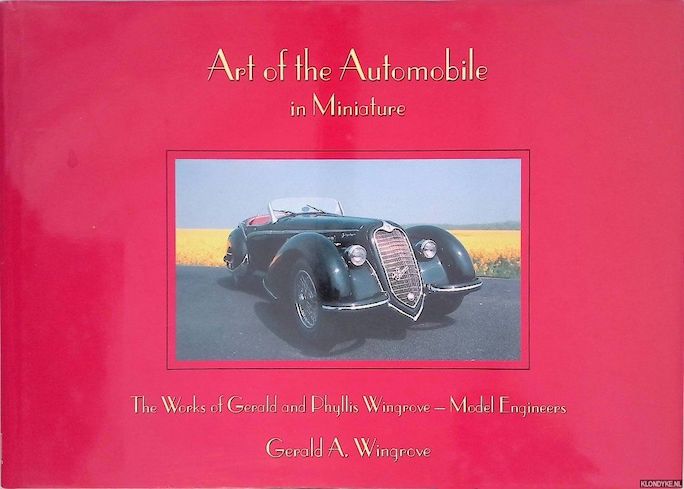



 Phone / Mail / Email
Phone / Mail / Email RSS Feed
RSS Feed Facebook
Facebook Twitter
Twitter
Big-picture readers should know that the ship was built in 1961 for operator Stanvac (Standard Vacuum Oil Company, a joint venture by Standard Oil of New Jersey and Mobil Oil) which as the largest pre-WW II American supplier of oil to Japan played a specific role in the “oil diplomacy” that fueled the conflict culminating in Pearl Harbor.
I was surprised and honored to have your thoughtful, well-written and in-depth review of my book. Thank you so much, also because your forum is an important potential source of readership for the book.
Again, thank you so much for such a flattering review. I am very touched. All my best, Claudio
I was the representative for the M.E.B.A. in the early 1990s for the port of Fort Lauderale. Our office was across the street from the tanker discharge berths, about a hundred fifty yards distance. The SEMINOLE docked here bow on to the street. I have pictures of her.
She was such a good looking ship with great lines. She was well maintained topside and below decks.I knew her sailing days were numbered because of OPA-90 rules; it was sad to think that such a noble vessel would be sacrificed despite her robust condition.
I am going to read this book as if it is a testimonial to a worthy fellow life traveler.
Thank you, Tom! If you or any of your shipmates at MEBA have any questions, I’d be happy to answer them. I got a lot of help before this project from Cecil McIntyre, erstwhile MEBA agent in LA, who helped me get access to sailors I photographed in the port of LA when I was documenting the disappearance of the US merchant marine, before I became interested in this. Cheers!